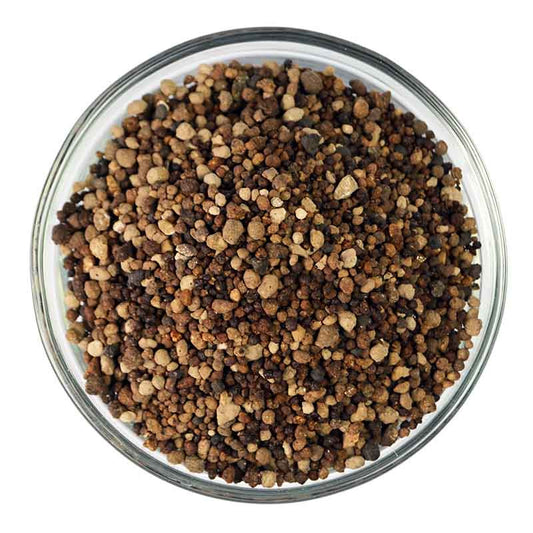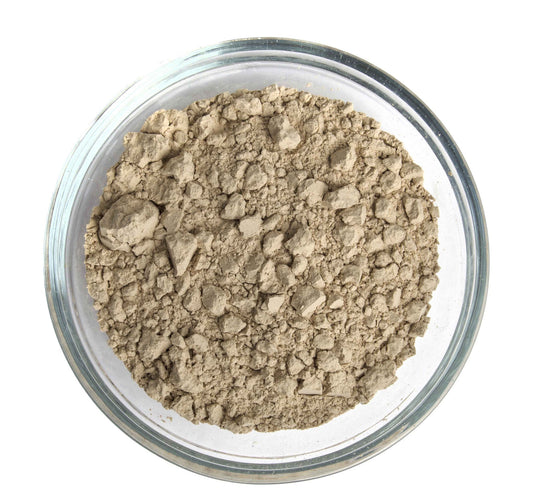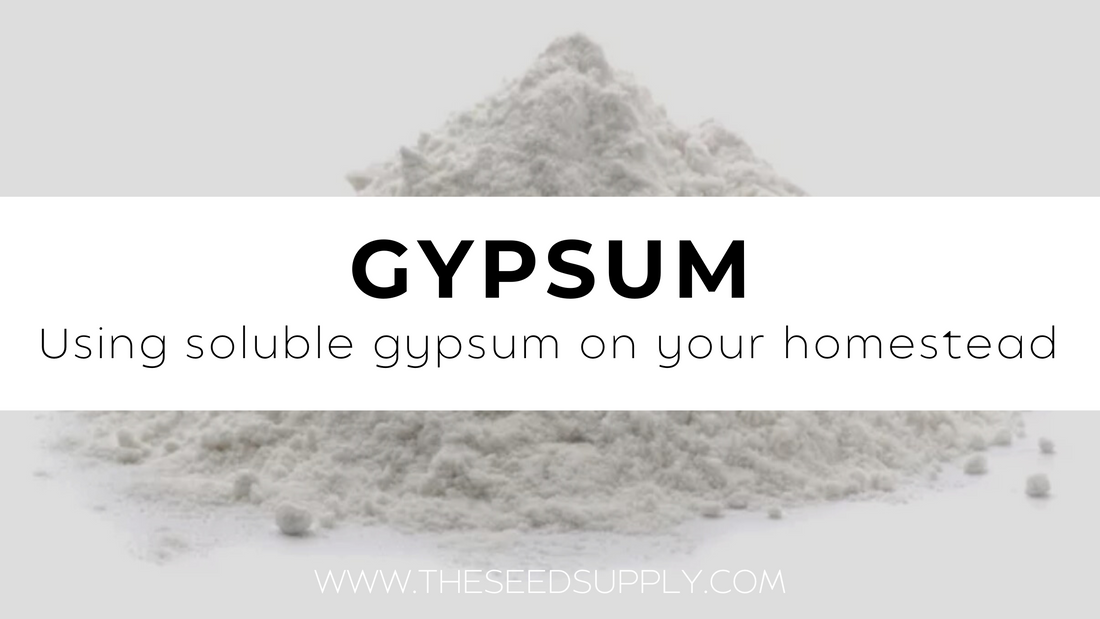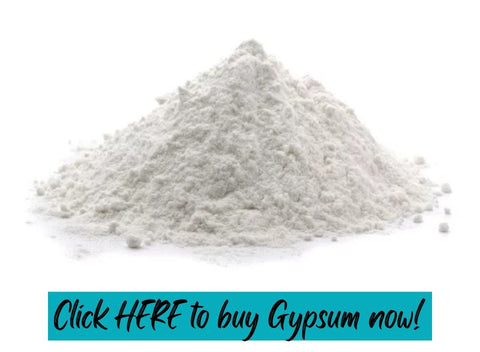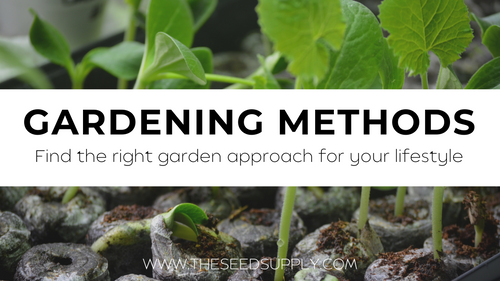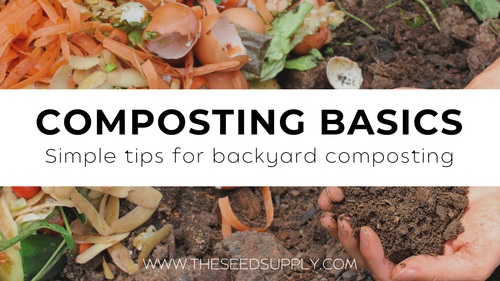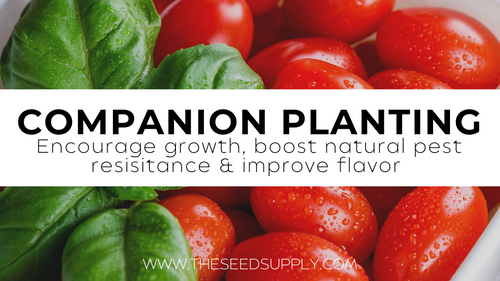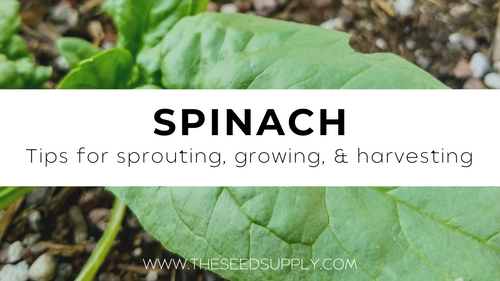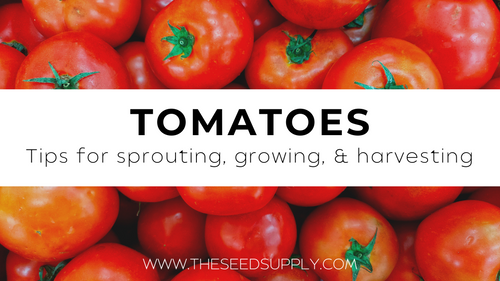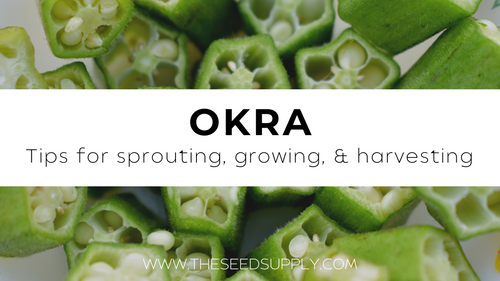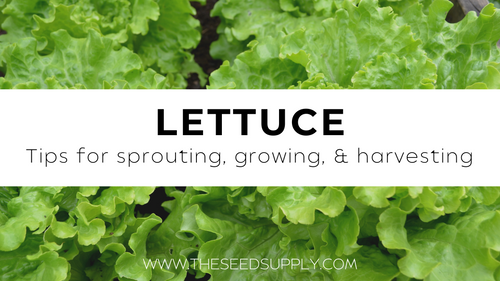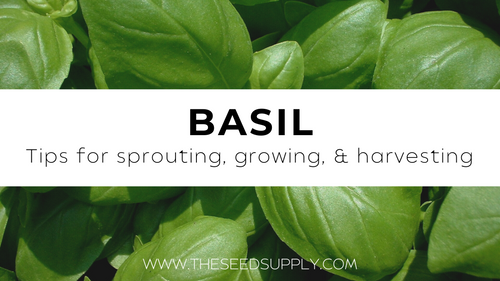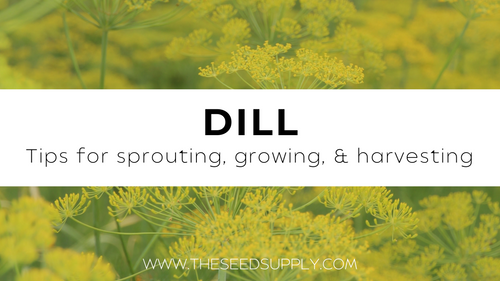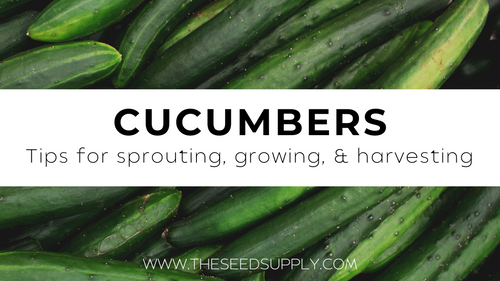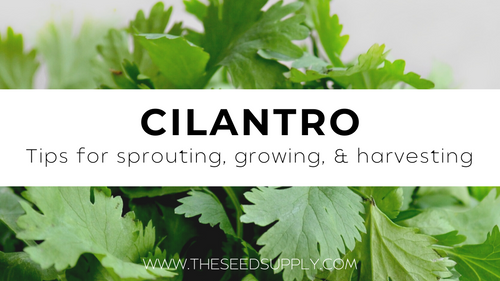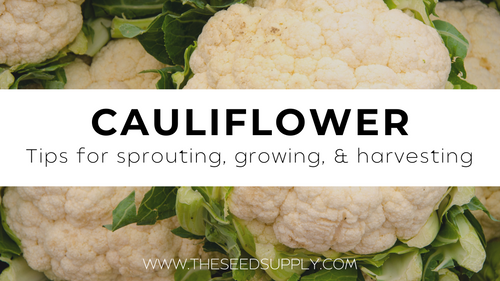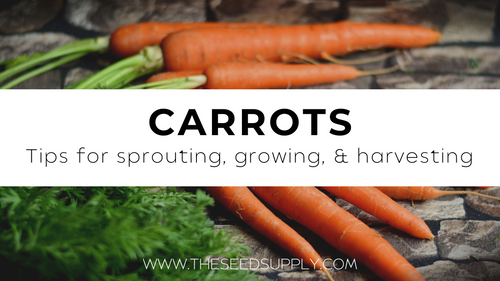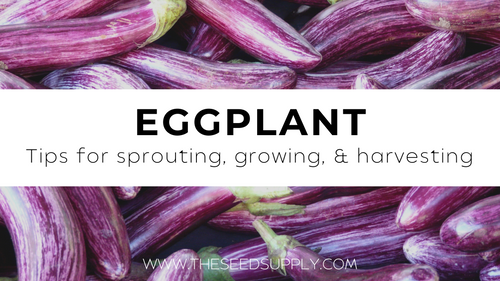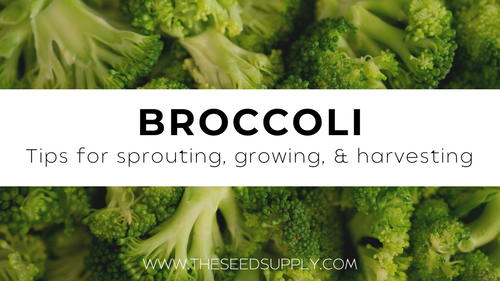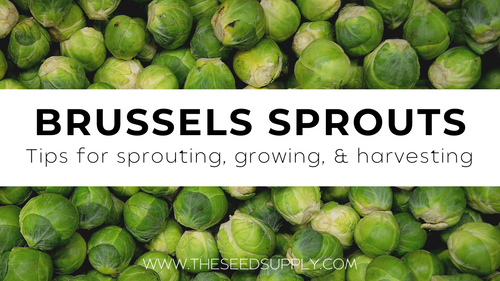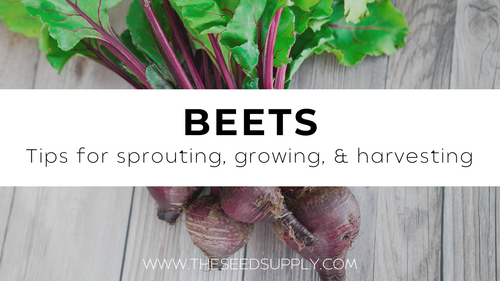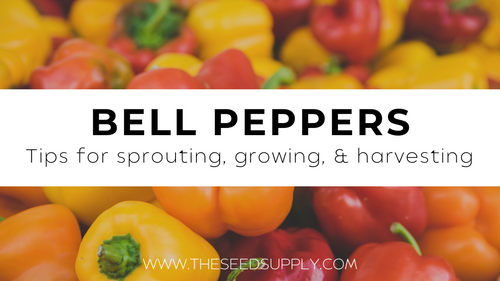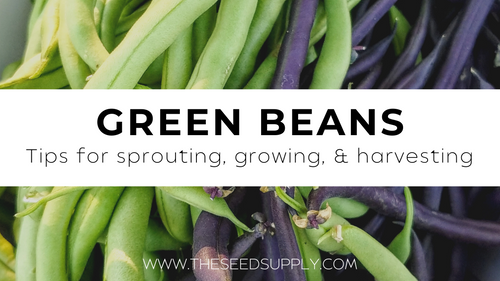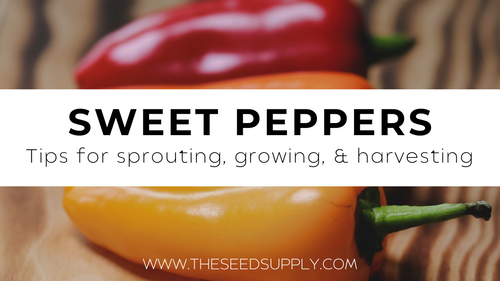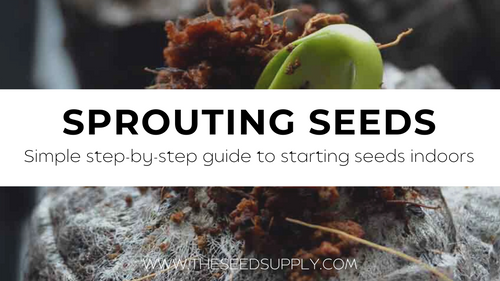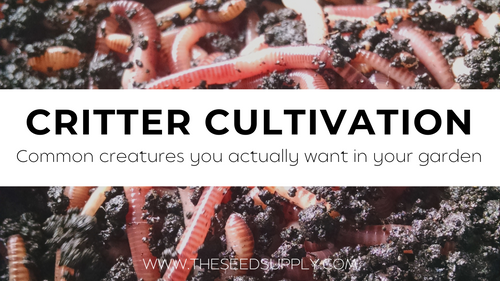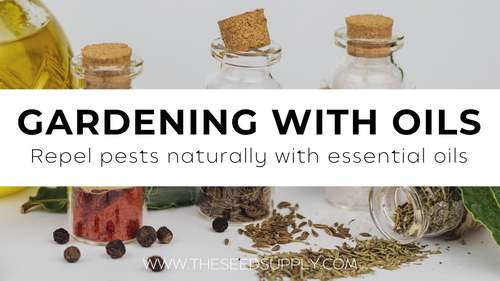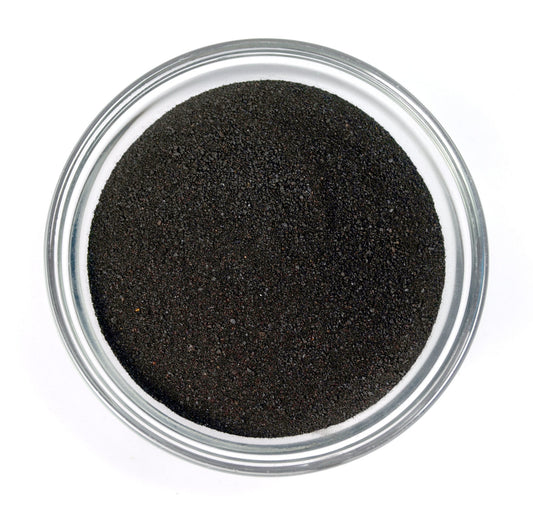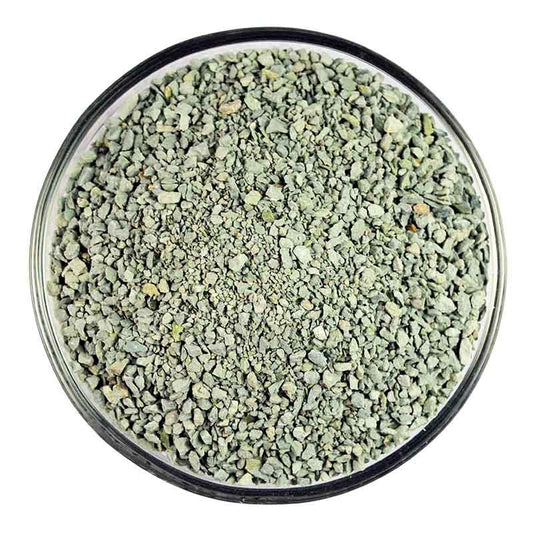Soluble gypsum powder, also known as calcium sulfate dihydrate, can offer several benefits when used around a homestead. Here are some of the most beneficial ways to utilize soluble gypsum powder:
-
Improve Soil Structure: Gypsum, being a natural soil conditioner, helps to break down compacted or heavy clay soils. Clay particles in the soil tend to pack together tightly, limiting root growth and water infiltration. Gypsum works by separating these particles, creating pore spaces in the soil and allowing roots to penetrate more easily. This improves the overall structure, making it easier for plants to access water and nutrients. Mix the gypsum powder into the soil before planting or apply it as a top dressing and water it in.
-
Correct Soil pH: Soil pH is a measure of its acidity or alkalinity. Gypsum is neutral in pH, so it won't significantly alter the soil's pH level. However, if your soil is too acidic (low pH), adding gypsum can slightly raise it to a more neutral range, making it suitable for a broader range of plants that thrive in neutral to slightly alkaline conditions. Before applying gypsum for pH correction, it's important to conduct a soil test to determine the actual pH levels and the appropriate amount of gypsum to use.
-
Reduce Soil Erosion: When applied to the soil, gypsum helps stabilize its structure, making it less prone to erosion. This is particularly beneficial in areas where heavy rainfall or watering could lead to topsoil being washed away. Gypsum helps maintain the integrity of the soil, preventing erosion and preserving the nutrients necessary for plant growth. Apply gypsum to areas prone to erosion, such as slopes or bare patches, and incorporate it into the soil or cover it with mulch to protect against erosion.
-
Enhance Nutrient Absorption: Gypsum provides essential nutrients like calcium and sulfur to plants. Calcium is crucial for cell wall development and overall plant structure, while sulfur is vital for enzyme functions and protein synthesis. Gypsum helps release these nutrients, making them more accessible to plants. Apply gypsum according to the recommended rates for your specific soil and crop needs.
-
Remediate Soil Salinity: In regions with saline or sodic soils (containing high salt levels), plants struggle to absorb water and nutrients. If your soil has high salt content, gypsum can help leach out excess salts and improve soil conditions. Gypsum helps alleviate this issue by displacing excess salts in the soil, effectively lowering the soil's salinity. This improvement enables plants to grow more effectively in these challenging soil conditions.
-
Aids in Seed Germination: Gypsum aids in creating an optimal environment for seeds to germinate. It encourages the formation of a crumbly, loose soil structure, providing seeds with the necessary space to sprout and roots to establish themselves. This supports successful germination and early growth stages of plants. Incorporate gypsum into the soil or mix it with the seedbed before planting to enhance seedling establishment.
- Aids Drainage: In dense clay soils, water tends to pool on the surface instead of being absorbed. Gypsum helps to address this issue by loosening the soil structure and allowing excess water to move through it. Improved drainage prevents waterlogging, which can cause root rot and other problems for plants. It's especially beneficial during heavy rain or irrigation.
-
Mitigates Aluminum Toxicity: In some soils, especially those with a lower pH, aluminum can become toxic to plants. Gypsum reacts with the aluminum in the soil, forming a compound that's less harmful to plants. This process reduces the availability of toxic aluminum ions, making the soil more conducive to plant growth.
-
Increases Plant Yield: By improving soil structure, aiding drainage, enhancing nutrient absorption, and mitigating toxicity, gypsum ultimately leads to increased plant yield. Plants grow more vigorously, develop stronger root systems, and produce better quality fruits, vegetables, or flowers, resulting in higher overall productivity in your garden.
-
Calcium Supplement for Livestock: Gypsum can be used as a calcium supplement for livestock to address calcium deficiencies. It is often added to feed to enhance the health and productivity of animals.
**Realistically, gypsum should be applied after performing soil testing to know exactly where your deficiencies are and to calculate a proper usage amount. The following are very vague and general usage instructions.**
Indoor Houseplants:
For indoor houseplants, the usage rate of gypsum will depend on the size of the pot and the type of soil mix you're using. A typical recommendation is to incorporate about 1 to 2 tablespoons of gypsum per gallon (3.8 liters) of soil mix. Here's how to apply it:
-
Preparing the Soil Mix:
- Mix the gypsum thoroughly into the potting soil before planting your houseplant. Ensure an even distribution of gypsum throughout the soil.
-
Repotting Established Plants:
- When repotting established indoor plants, add a layer of gypsum to the bottom of the new pot before placing the plant and filling it with the potting mix.
-
Watering:
- Water the plant after potting to help distribute the gypsum throughout the soil.
Small Scale Outdoor Gardens:
For small-scale outdoor gardens, you can follow these guidelines to apply gypsum effectively:
-
Soil Preparation:
- Spread gypsum evenly over the garden area before tilling or digging to incorporate it into the top 4 to 6 inches (10-15 cm) of the soil.
-
Usage Rate:
- Apply gypsum at a rate of approximately 20 to 30 pounds (9-14 kg) per 1,000 square feet (93 square meters) of garden area. This rate can vary based on soil conditions and plant types, so consider conducting a soil test for more precise recommendations.
-
Mixing Gypsum:
- Use a garden fork or tiller to mix the gypsum into the soil thoroughly. This ensures it's well distributed and can effectively improve the soil structure and drainage.
-
Planting:
- Plant your garden as usual, ensuring that the gypsum is evenly incorporated into the soil where you'll be placing your plants.
Remember, it's essential to adjust the usage rates based on your specific plant types, soil conditions, and local recommendations for optimal results.
It's important to note that while gypsum offers several benefits, it may not be necessary or suitable for every situation. Conducting a soil analysis and consulting with local agricultural experts can provide valuable guidance on whether and how to use gypsum effectively in your specific homestead.

